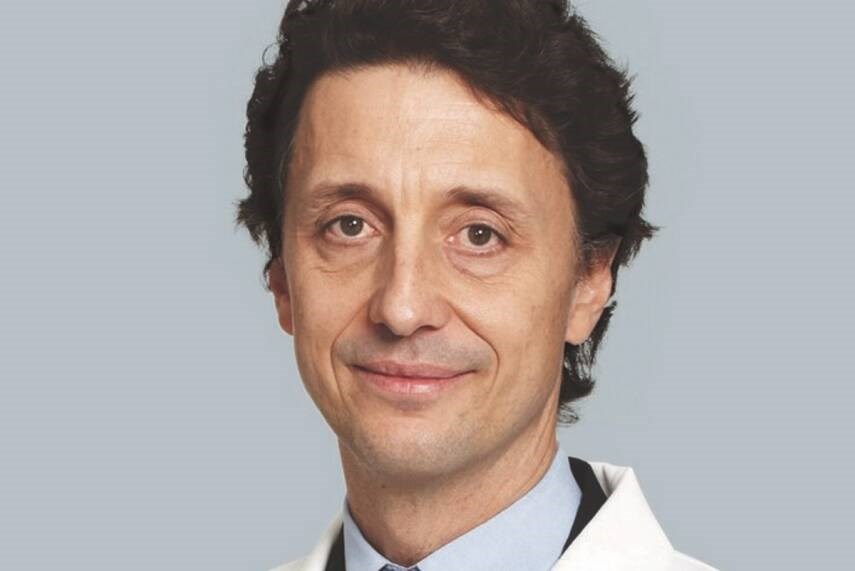Dear Dr. Roach: I had a hernia in my belly button for 20 years that didn’t bother me until two weeks ago. Then, the pain hit, and the belly button could not be pushed in. I waited until Monday to call the doctor. This wait resulted in an emergency surgery due to strangulation of the intestine and a bowel reconstruction.
Tell your patients that when symptoms occur, do not wait. I did not know this.
D.W.
I am very sorry you went through that, but I am glad you wrote in to help prevent this from happening to someone else.
The chairman of the department of surgery when I was a medical student said that hernia repair was the No. 2 lifesaving surgery in the world. (No. 1 is pus drainage.) Although most hernia surgeries do not save lives, they do prevent this unusual, but life-threatening complication called strangulation. A hernia is a a hole in the strong tissue that lines the abdomen. If intestines get through that hole, they sometimes get stuck.
Pain and a mass in the hernia area — whether it is the umbilicus (belly button), the groin or a scar from a former surgery — is considered a surgical emergency. If the hernia can’t be pushed back in by gentle pressure from the palm of your hand, that means you should get to the emergency room as rapidly as possible. If the emergency doctors can’t reduce the hernia, surgery can be lifesaving. The sooner the surgery, the easier and safer it is.
Dear Dr. Roach: Can you comment on the concerning social media trend where influencers use continuous glucose monitoring and claim that they should not eat various foods, such as oatmeal and fruit, because it spikes up their blood glucose?
A recent bestseller by a medical doctor also touted this idea. This seems unnecessary for those with a healthy pancreas, and it’s potentially dangerous, as fixation on these numbers and restricting certain foods may lead to disordered eating.
A.M., Registered Nurse
Continuous glucose monitoring, a device usually worn on the upper arm that can be read by a smart device, is poised to dramatically improve glucose control for those with Type 1 diabetes and some people with harder-to-control Type 2 diabetes. It is not appropriate for a person without diagnosed diabetes.
I agree with you that a normal pancreas is all you need to control your blood sugar. In addition, there is evidence that some fad diets may lead to disordered eating in some people.
Many people do find that a meal entirely consisting of carbohydrates, such as oatmeal and most fruit, does not make them feel satisfied for a long time, and it is true that blood sugar will go down more quickly after a meal solely made up of sugar and starch. In those cases, I recommend adding in some protein or healthy fats, such as egg whites, nuts or nut butter, or an avocado to keep people from feeling hungry again so soon. This is appropriate for symptoms whether a person is diabetic or nondiabetic.
Dr. Roach regrets that he is unable to answer individual letters, but will incorporate them in the column whenever possible. Readers may email questions to [email protected]



